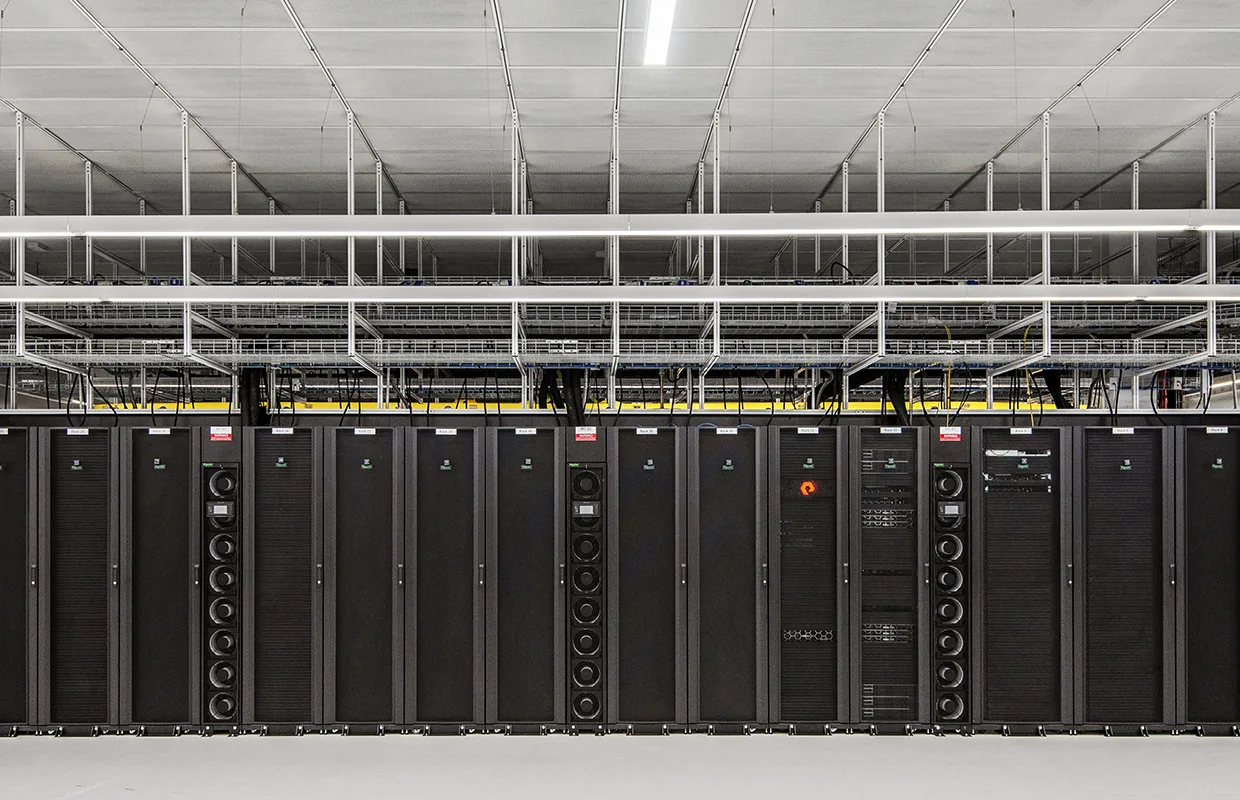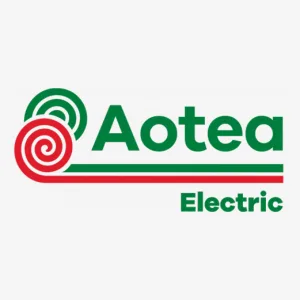CDC is equipping New Zealand’s digital landscape with unique, groundbreaking data centre capabilities that stand the test of time. Andrew Kirker, Managing Director – New Zealand and Hyperscale ANZ, tells us about the company’s journey to become the pioneer of hyperscale cloud and artificial intelligence services across the country.
SAFEGUARDING NEW ZEALAND’S PROGRESS
The data centre market across Australia and New Zealand (ANZ) has significantly progressed in recent decades, primarily driven by the rise of colocation, cloud computing, and graphics processing units (GPUs) for artificial intelligence (AI), making for a digital landscape that is increasingly in demand.
At the forefront of this growth is CDC, established 18 years ago in Australia by the company’s Founder and CEO, Greg Boorer, who is still at the helm of the business today.
After working overseas in Europe for many years, Boorer returned to Australia in the early 2000s having gained valuable insight into the then-recent evolution of the global data centre industry, which contrasted with the limited infrastructure found in his home nation, thereby revealing a major gap in the market.
“When he came back to Canberra in Australia, Boorer found there was a significant opportunity in this space, particularly when working with the government who, up to that point, had approximately 300 server rooms rather than mission-critical data centres,” opens Andrew Kirker, Managing Director – New Zealand and Hyperscale ANZ for CDC.
Indeed, the government relied on outdated data centres often in the basements of ageing buildings to run critical systems like welfare, tax, and immigration services.
At that time, there wasn’t the necessary infrastructure or security in place to ensure that governmental data centres were fit for purpose, which was becoming more vital as they became a key tool for productivity.
“There was an opportunity to do something in that space around improving what a good standard looked like, with particular focus on the security aspects of physical and digital domains, the resilience efficiency of the facilities, and their ability to handle changing compute environments,” Kirker sets out.
With this in mind, CDC was formed by Boorer in 2007 with a trifecta of sustainability, security, and sovereignty at the core of its mission.
In subsequent years, the company successfully expanded to additional locations across Canberra, Sydney, and Melbourne in Australia, as well as Auckland, New Zealand (NZ), creating a data centre ecosystem centred around the government’s core agencies and shared services before branching out to public cloud providers and private sector entities of national significance.
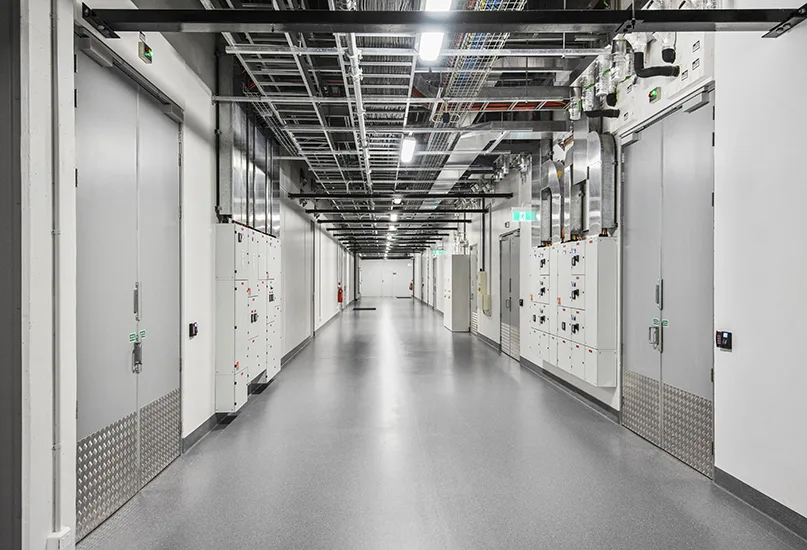
MEETING THE NEEDS OF NEW ZEALAND
The beginning of Kirker’s journey at CDC coincided with the company’s expansion from purely government operations into hyperscale public cloud services.
As part of this growth, CDC made the decision to diffuse its operations to NZ, particularly as the business is partly owned by Infratil, an NZ-owned investment company, alongside Future Fund, Australia’s sovereign wealth fund, and the Commonwealth Superannuation Corporation (CSC) – a public pension service.
“Due to our ANZ ownership model, the company was keen to do something for the NZ data centre industry, and so the ingredients for establishing our first footprint outside of Australia started to really come together,” he explains.
NZ’s data centre landscape at the time was comparatively limited due to a lack of major industry investment.
“Big banks and government organisations were using on-premise and basic colocation-type facilities, so purpose-built, hyperscale-grade data centres weren’t really a thing in NZ. Some organisations, for example, had converted big warehouses into productive colocation facilities, but their resilience and security were quite poor,” Kirker recalls.
The global data centre market, meanwhile, was experiencing a major push towards establishing sovereign cloud capabilities in smaller countries, establishing additional data centre ecosystems alongside those found in Australia, Europe, and the US.
Elsewhere, there was also considerable pressure on the NZ banking industry to operate independently if needed from many of their Australian owners, particularly as the sector strove to have domestic onshore IT systems that were purposefully developed for the country’s nationals like they were in Australia.
Within this environment, CDC was eager to capitalise on the opportunities the country had to offer, providing valuable solutions and advancing the nation’s limited data centre infrastructure.
OVERCOMING BARRIERS TO ENTRY
Establishing the best location in NZ to launch CDC’s first two data centre facilities and effectively set up and house the necessary infrastructure was no mean feat, particularly given the vast range of requirements hyperscale data centres need to meet.
The start-up operation involved identifying suitable blocks of land and finding out who the owner was, before often even writing out a sale and purchase agreement and making a proactive offer to buy the site.
After Auckland was pinpointed as an area with the best type of land for the job – with the lowest risk and greatest proximity to customers and subsea networks – the company had to overcome difficulties in obtaining the right land holdings with the correct data centre attributes.
“There are numerous things that go into determining the right type of data centre land parcels. Namely, they must be suitable from a risk point of view, located somewhere that has the ability to receive the right levels of power, isn’t prone to any natural hazards, and has the right zoning of the land,” Kirker outlines.
It took CDC approximately 20 attempts at securing land from not-always-willing sellers in different areas before the company found the optimum locations with willing sellers.
“CDC identified two perfect data centre blocks that were close enough for the performance of the facilities to be as low latency as possible, but were also far apart enough to help alleviate any potential risks.
“We ended up purchasing the two blocks of land about 21 kilometres apart, before securing power and other necessary elements.”
The challenge of constructing a data centre in NZ was unprecedented at the time, therefore, there was a huge amount of education required around their purpose and the processes needed to create such a services-intensive building.
In addition to this, CDC recognised an opportunity to support improvements in construction safety and worked closely with an industry that was open to change. Together, they embraced initiatives like the introduction of five mandatory personal protective equipment (PPE) items, helping to build a stronger safety culture and lift overall standards.
However, CDC encountered further obstacles upon the emergence of the COVID-19 pandemic, particularly as lockdown measures were implemented part way through the construction process.
“This meant there were significant difficulties in establishing what you could and couldn’t do during this time.”
All this combined to create a highly challenging operational environment. Yet, despite such adversities, CDC went on to eventually open its first data centre in 2022, with an aim of pioneering forward-thinking services in an industry that had reached a tipping point.
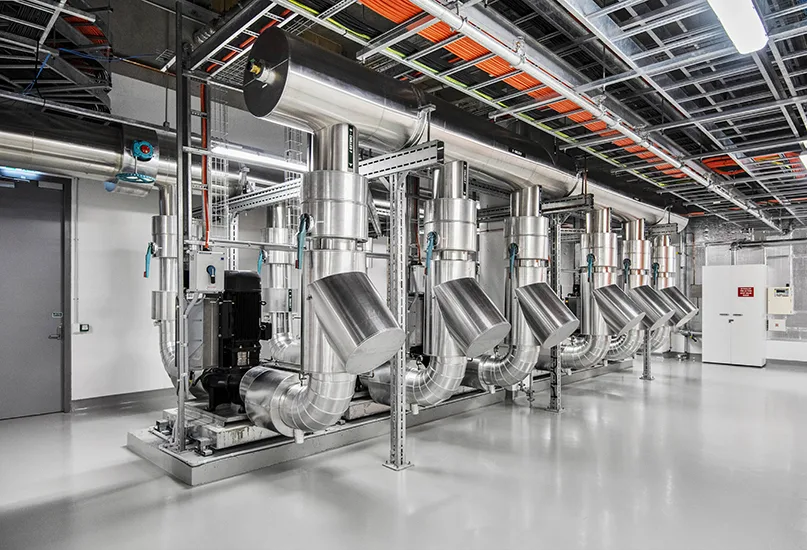
ESTABLISHING A STRATEGY FOR SUCCESS
Having overcome the practical difficulties of establishing its data centres in Auckland, CDC set about understanding the nuances of the NZ data centre landscape.
Firstly, the company strove to solve the nation’s challenges around data centre resilience, addressing the industry’s security and quality aspects that had limited progression in the past.
“We ultimately wanted to make sure NZ had the digital infrastructure ready to support the data requirements of the future. This meant having facilities that were flexible enough to handle the density of the technology and the security levels the future might need, as well as withstand the climate challenges the future might bring,” Kirker expands.
The local team leveraged the formula of success used in Australia to build on and localise the data centre infrastructure, crafting a handful of objectives that would allow the company to meet the needs of NZ’s digital economy.
Early due diligence undertaken by the team to understand the critical aspects required to succeed in the NZ market proved pivotal. This, combined with CDC’s forward-thinking approach and depth of experience, meant it had the ability to embrace the challenges and establish itself as a leader in the emerging market.
“We ultimately wanted to make sure NZ had the digital infrastructure ready to support the data requirements of the future. This meant having facilities that were flexible enough to handle the density of the technology and the security levels the future might need, as well as withstand the climate challenges the future might bring”
Andrew Kirker, Managing Director – New Zealand and Hyperscale ANZ, CDC
THE HEIGHT OF SUSTAINABILITY CREDENTIALS
As part of its founding mission and position as an NZ hyperscale data centre pioneer, CDC’s facilities have achieved the highest levels of sustainability credentials in NZ.
“In terms of environmental responsibility, NZ runs a national grid that uses approximately 83 percent renewable energy, providing a really good starting point for us as the nation’s energy sources were highly renewable from the get-go,” Kirker points out.
As part of its sustainability targets, the company was also the first data centre business in NZ to achieve net zero carbon, which it obtained from the outset.
CDC additionally worked with Crown Research Institute (CRI), Toitū Envirocare, to establish a clear set of sustainability practices and certifications to build on its near-zero water use design and zero waste target.
“We’ve achieved Toitū Envirocare’s Net Carbon Zero certification, and we’ve also received its Enviromark Diamond certification for our sustainability practices.”
CDC’s move to NZ also saw it certify the first and currently only data centre in the country under NVIDIA’s certification programme and became a key NVIDIA partner, making it a driver and frontrunner in the industry.
Elsewhere, the company was also the first business to receive the Public Cloud Data Centre Certification (PCDCC) from the NZ government.
“This is an extremely rigorous certification process around all our various data centre aspects, including everything from security and ownership structure to change of control, amongst other things.”
Due to such a forward-thinking and ambitious strategy centred around sustainable credentials and moving the industry forwards, CDC hit its five-year business plan in NZ at the 18-month mark and has since built again, opening two extensions in early 2025.
This is a testament to the quality, resilience, and sustainability the company has brought to NZ, making a significant impact on its data centre landscape.
“I think we’ve invested circa NZD$800 million to date, with a lot more planned.
“We will soon surpass NZD$1 billion dollars invested in the near future, which will be quite a landmark. Whilst those kinds of numbers may not be massive in a US or Australian context, by NZ standards, they are pretty game-changing for our country,” Kirker prides.
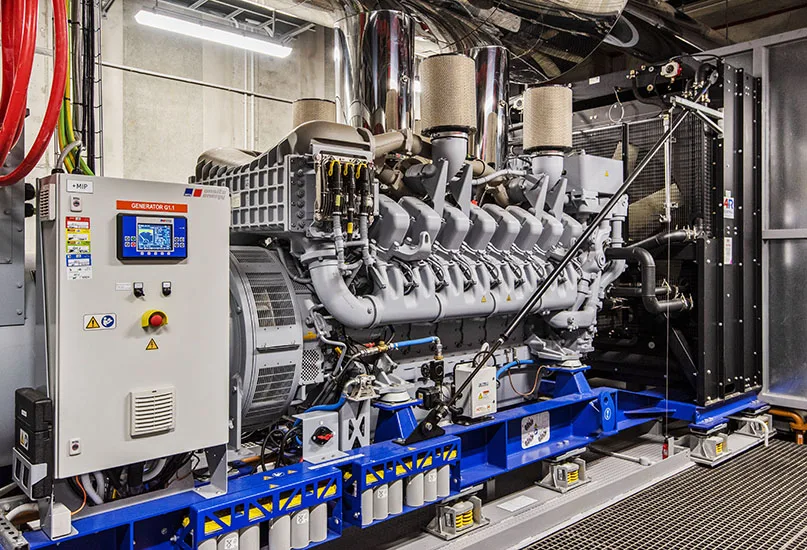
EQUIPPED FOR THE FUTURE
Alongside navigating the ongoing difficulties in data centre set up, CDC also had the foresight to predict future industry challenges upon its inception.
This is particularly the case for the emergence of AI that is taking the industry by storm. However, the integration of technological advancements such as these requires specialist amenities to achieve optimum success, including extensive water usage and liquid cooling considerations, which pose significant challenges for many.
Therefore, data organisations not only across the country but worldwide are having to overcome these increasing complexities, which are serious challenges for some of Asia Pacific’s biggest players.
CDC, however, pre-empted such challenges to ensure its success in the future.
“At the beginning of CDC, companies were focused on cooling methodologies that included vast amounts of evaporative water, for instance.
“Boorer remarked that he didn’t see this being the future. Rather, he believed liquid cooling was where things would head over time. Therefore, he decided to use a closed-loop cooling system at the core of CDC’s technology to ensure we didn’t go through several swimming pools’ worth of water a day,” he recollects.
This decision also meant the company could futureproof itself as data centre density increased, primarily as liquid cooling is far more efficient and capable of handling high densities, making it far more advantageous in the rising use of complex GPUs across the industry in the last 18 months.
“Around 50 percent of global data centres didn’t initially choose liquid as a cooling methodology, and they now can’t handle these new AI workloads.
“What AI is doing for the world and the opportunities it is creating are amazing, but it is also causing an extinction-level event on some of the world’s data centre stock.”
However, due to the pioneering vision and future-based focus that CDC possessed from its inception, the company has been able to overcome these evolutions, differentiating itself not only in the NZ market but also on the international stage.
“Even our first data centre built 18 years ago in Canberra could have AI racks plugged into it – that is the kind of foresight that Boorer had to set us up for the future,” Kirker highlights.
ELEVATING STANDARDS
With the ambitious goal to bring hyperscale data centres to NZ, CDC endeavours to keep growing and continue raising the bar.
As such, the company is advancing the nation’s cutting-edge technological solutions through embedding sustainability into its strategy and comprehensive development plans, adding significant value to not only the business but the overall industry.
At the heart of CDC’s growth strategy is the construction of a significant mega campus, which will double the company’s size twice over. The campus will allow significant capacity to be accessed rapidly, something not common in the data centre industry.
“We’ll also continue to ‘push the envelope’ on the technology side of things and drive efficiencies around power usage effectiveness, for instance.
“We strive to provide our customers with tangible benefits in terms of efficiency and security, alongside all the other core fundamentals that they would expect when working with CDC,” Kirker concludes.
By having such a hands-on approach, the company is able to uphold its primary target of maintaining 100 percent uptime for customers whilst also transforming NZ’s data centre landscape.
CDC PARTNERS





